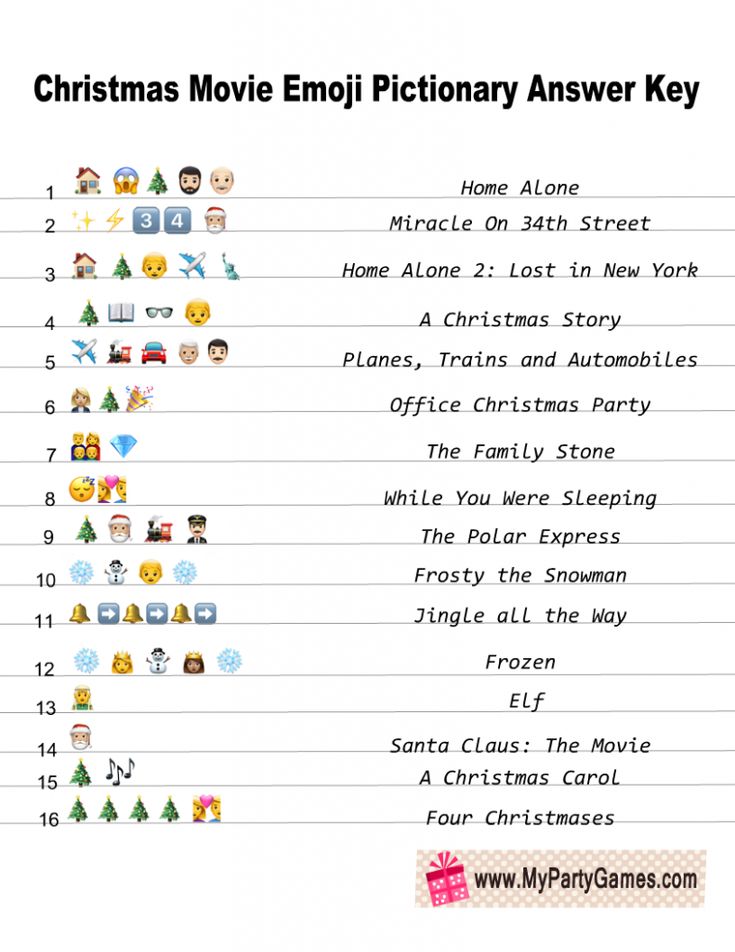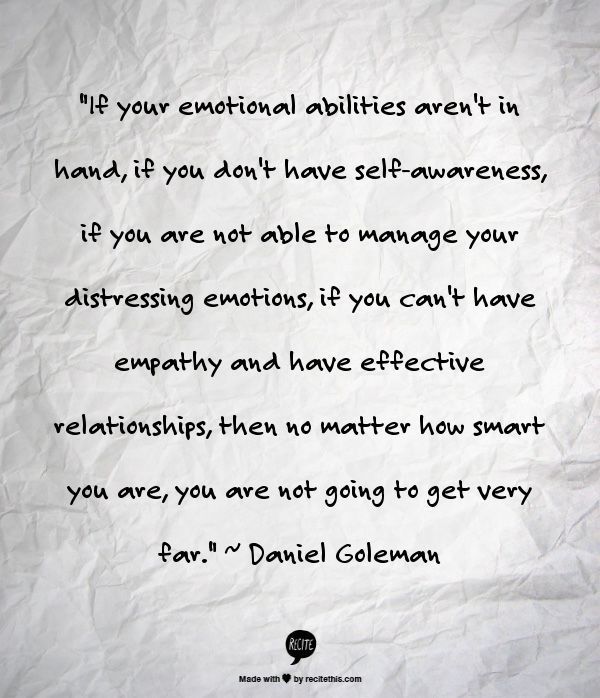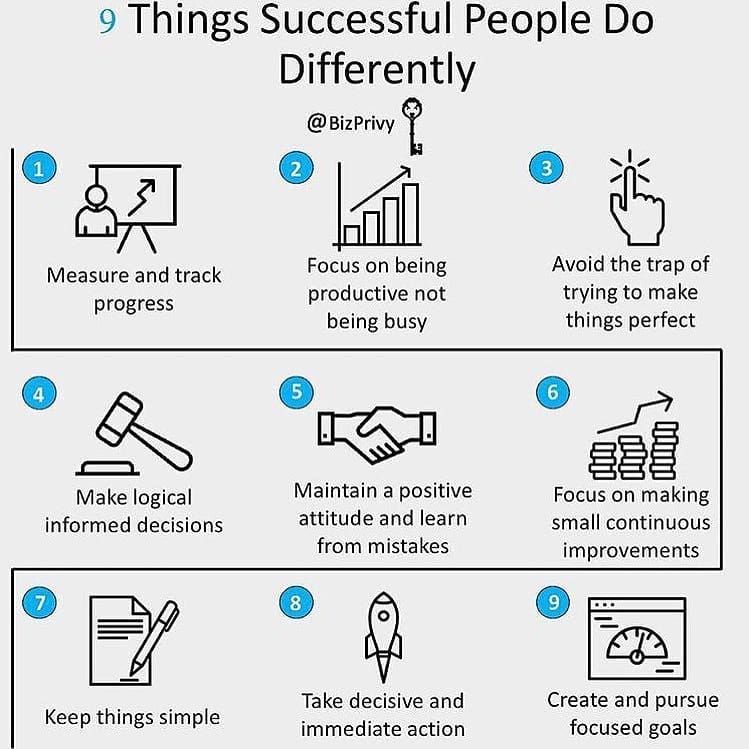Bipolar in kids quiz
Bipolar Disorder Symptoms Test for Children
For many years, bipolar disorder was considered an adult illness. But in the 1990s, researchers started to accept the idea that bipolar disorder could manifest in childhood, in a rare form known as pediatric bipolar disorder. According to the National Institute of Mental Health, this form of bipolar disorder is often more severe than the adult-onset variety, and “young people with the illness appear to have more frequent mood switches, are sick more often, and have more mixed episodes.”
Early-onset bipolar disorder is rare, affecting just 0.5 percent of children in the U.S. It can begin as young as 6, and many children with the condition are initially misdiagnosed with ADHD, ODD, or depression — depending on how their symptoms most often present.
Could your child’s extreme changes in mood, temperamental outbursts, and vacillating energy levels be a sign of bipolar disorder? Take this self-test and then take the results to a mental health professional for evaluation.
Adapted from the Child Bipolar Questionnaire (CBQ) designed to screen for the possibility of bipolar spectrum disorders in juveniles. If you answer Yes to a significant number of these questions, consult a licensed mental health practitioner. An accurate diagnosis can only be made through clinical evaluation. Screener for personal use only.
All of a sudden, is your child convinced she can be a famous singer, president of the United States, an international spy, and a millionaire — all at once?
Very Often
Often
Sometimes
Rarely
Never
Is your child sometimes precocious — charming adults with his intelligent and mature speaking style — and then at other times does he regress to baby-like, primitive behaviors, like crawling up in a fetal position when stressed or engaging in baby talk?
Very Often
Often
Sometimes
Rarely
Never
When you try to set limits on your child — asking him to shut off his video game and join you at the dinner table — does he react in an extreme or violent way?
Very Often
Often
Sometimes
Rarely
Never
Does your child suddenly reject taking part in her favorite activities?
Very Often
Often
Sometimes
Rarely
Never
Does your child masterfully lie to either avoid consequences or manipulate a situation?
Very Often
Often
Sometimes
Rarely
Never
Does your child’s brain seem powered by a motor? Does she talk a mile a minute, or says she can’t seem to slow down her thoughts?
Very Often
Often
Sometimes
Rarely
Never
Does your child’s mood change from happy to sad instantaneously — almost like flicking a light switch?
Very Often
Often
Sometimes
Rarely
Never
Does your child engage in dangerous activities — like jumping out of trees or rollerblading while hanging on to the back of a car — and later say that he knew it could be dangerous, for others but that he felt immune to that danger? Does he report that he may even welcome any injury?
Very Often
Often
Sometimes
Rarely
Never
Does your child expect the worst at every turn? Does he panic over small, seemingly insignificant events — like a minor scrape or a crime-related news story?
Very Often
Often
Sometimes
Rarely
Never
Is your child much more curious about sex than other children her age? Does she bring up sex inappropriately in conversation, or has she engaged in inappropriate or risky sexual behaviors?
Very Often
Often
Sometimes
Rarely
Never
Does your child inconsistently have periods where he has an unfocused, limitless energy that feels out of control, even to him?
Always
Often
Sometimes
Rarely
Never
Does your child have long, explosive rage attacks — sometimes complete with foul language that’s inappropriate for his age?
Very Often
Often
Sometimes
Rarely
Never
Does it seem like your child has given up sleeping altogether — but often doesn’t seem tired the day after a sleepless night?
Very Often
Often
Sometimes
Rarely
Never
When your child gets in trouble at school or at home, does she blame others for causing the mistake?
Very Often
Often
Sometimes
Rarely
Never
Does your child seek out gory films and violent, bloody games?
Very Often
Often
Sometimes
Rarely
Never
(Optional) Would you like to receive your bipolar symptom test results — plus more helpful resources — via email from ADDitude?
Subscribe me to your newsletter!
Can’t see the self-test questions above? Click here to open this test in a new window.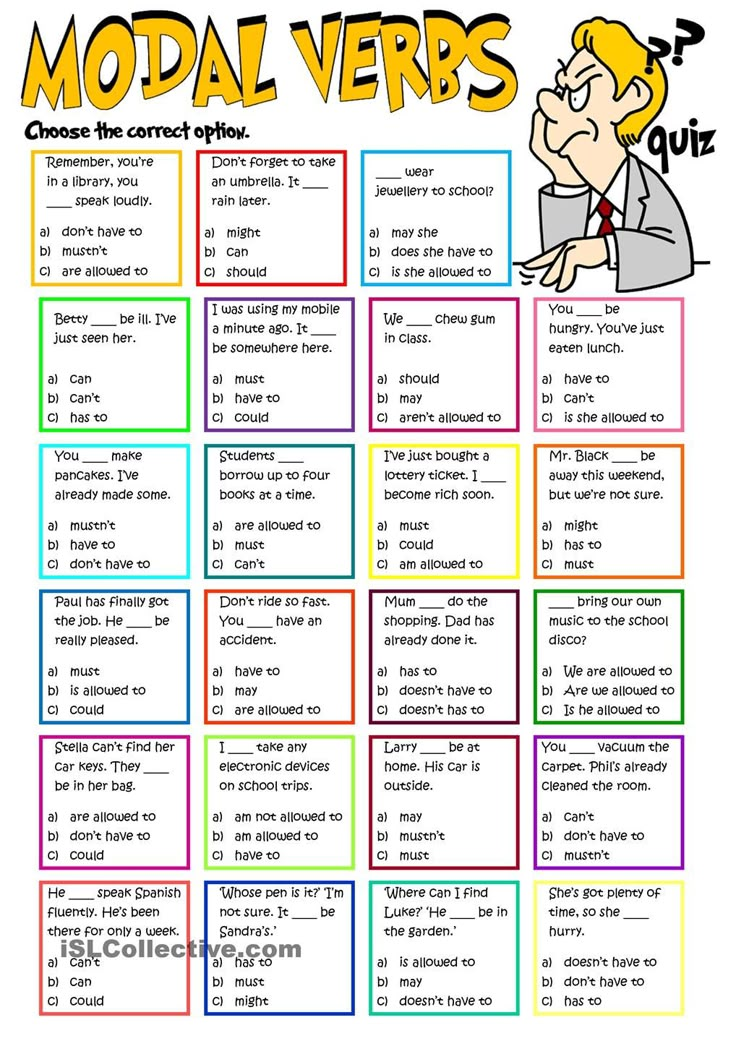
Bipolar Disorder in Children: Next Steps
1. Take This Test: Full ADHD Symptoms Test for Children
2. Take This Test: Oppositional Defiant Disorder in Children3. Take This Test: General Anxiety Disorder for Children
4. Download: Is It Bipolar or ADHD?
5. Read: What Bipolar Disorder Looks Like in Children
6. Explore: Where ADHD and Bipolar Disorder Overlap
Previous Article Next Article
Free Online Bipolar Quiz for Children & Teens (12 to 17 years old)
Does my child have bipolar disorder? Is my child bipolar? If you see suspicious signs of bipolar on your child, you might find it helpful to take this free bipolar quiz. The test may help you to decide if you need to seek a formal bipolar diagnosis or not for your child.
Contents
- What to Expect from our Bipolar Quiz for Children & Teens
- Take Bipolar Quiz for Children & Teens (12 to 17 years old)
What to Expect from our Bipolar Quiz for Children & Teens
Bipolar disorder is more likely to be diagnosed in older children and teenagers, but children of any age such as 1-3 years old toddlers can experience it as well. Studies show that about 4% of people under 18, including children as young as 5 years old, have Bipolar disorder.
Studies show that about 4% of people under 18, including children as young as 5 years old, have Bipolar disorder.
Adapted from the MDQ-Adolescent Version (MDQ-A), the quiz is designed to screen for Bipolar Spectrum Disorder including Bipolar I, Bipolar II, and Bipolar NOS in adolescents (ages, 12-17 years). Clinical trials have indicated that the MDQ-A has a high rate of accuracy. Filled out by the parent, the quiz has 13 yes-or-no questions and queries about psychosocial impairment (eg, school, social, legal problems) and co-occurrence.
The child bipolar test can be finished in five minutes by parents and can provide important insights into diagnosis and treatment. But the child bipolar questionnaire cannot make a definitive diagnosis.
A positive screening does not signify that the child in fact has bipolar disorder. Having symptoms of bipolar disorder is different from having bipolar disorder. In addition, symptoms of child bipolar disorder can be caused by other mental health conditions or other health problems.
A thorough diagnosis for bipolar comes from a specialist or registered medical professional. Only a trained professional is qualified to make a diagnosis of bipolar disorder.
If you suspect your child has bipolar disorder, the best thing you can do is to talk to your family doctor or a therapist specialized in recognizing the bipolar disorder.
Take Bipolar Quiz for Children & Teens (12 to 17 years old)
1. Has there ever been a time for a week or more when your child was not his/her usual self and
felt too excited or good?
Yes
No
was so irritable that he/she started fights or arguments with people?
Yes
No
felt he/she could do anything?
Yes
No
needed much less sleep?
Yes
No
couldn’t slow his/her mind down or thoughts raced through his/her head?
Yes
No
was so easily distracted by things?
Yes
No
had much more energy than usual?
Yes
No
was much more active or did more things than usual?
Yes
No
had many boyfriends or girlfriends at the same time?
Yes
No
was more interested in sex than usual?
Yes
No
did many things that were foolish or risky?
Yes
No
spent too much money?
Yes
No
used more alcohol or drugs?
Yes
No
2.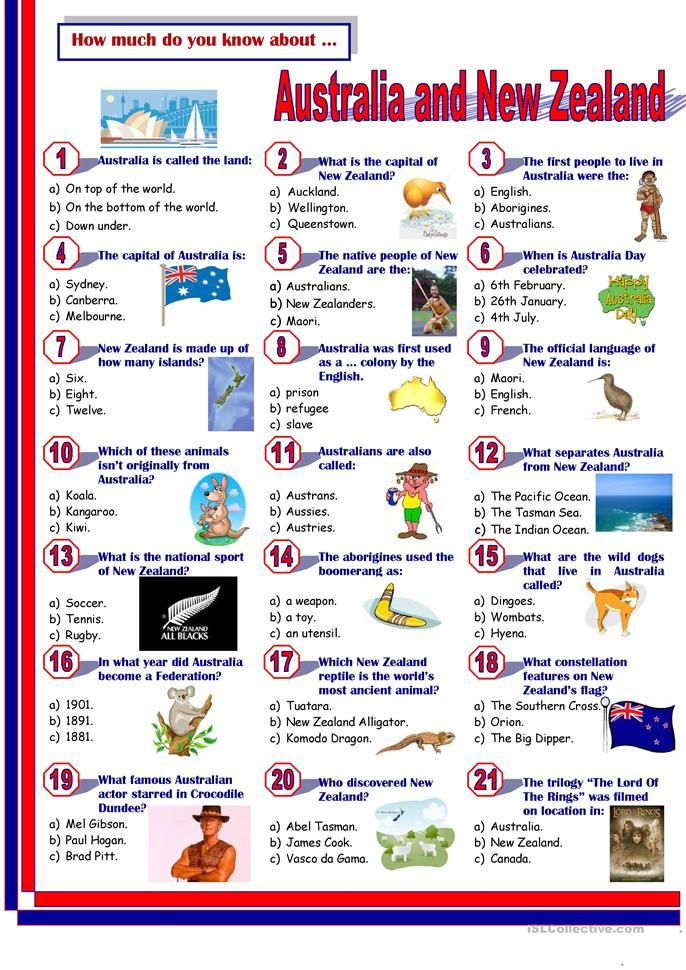 If you checked YES to more than 1 of the above, have several of these ever happened to your adolescent during the same period of time?
If you checked YES to more than 1 of the above, have several of these ever happened to your adolescent during the same period of time?
Yes
No
3. How much of a problem did any of these cause your adolescent—such as school problems, failing grades, problems with family and friends, legal troubles?
No problem
Minor problem
Moderate problem
Serious problem
References:
- Screening for Bipolar Disorder
- Validation of the Mood Disorder Questionnaire for bipolar disorders in adolescents
- Screening for bipolar disorder in adolescents with the mood disorder questionnaire-adolescent version (MDQ-A) and the child bipolar questionnaire (CBQ)
- Bipolar Disorder in Children and Teens
- Children and Teens With Bipolar Disorder
Last Updated on October 6, 2021
Bipolar disorder in adolescents - definition, causes, stages of development
According to the World Health Organization, bipolar disorder is in sixth place among the diseases that can provoke a disability in a patient. High incidence rates among adolescents lead to the need to find ways to solve this problem. The symptoms of bipolar disorder in adolescents are often explained by the characteristics of adolescence and are not considered as indicators of mental illness. In this connection, the patient goes to the doctor when his condition worsens significantly, while the quality of life decreases.
High incidence rates among adolescents lead to the need to find ways to solve this problem. The symptoms of bipolar disorder in adolescents are often explained by the characteristics of adolescence and are not considered as indicators of mental illness. In this connection, the patient goes to the doctor when his condition worsens significantly, while the quality of life decreases.
Disease definition
Bipolar disorder in adolescents is a disease characterized by alternating episodes of depression, mania, and an adequate state. These episodes can last from several weeks to several months.
In the ICD-10, bipolar affective disorder is coded F31 and is characterized as a disorder with two or more episodes in which the patient's activity level and mood are significantly impaired.
Bipolar personality disorder in adolescents was first described at the end of the 19th century by the German psychiatrist Emil Kraepelin, who defined it as manic-depressive psychosis. He considered the clinical picture of the disease and revealed a direct relationship between the increase in the number of depressive episodes and the age of the patient. The older a person is, the more often he experiences depression.
He considered the clinical picture of the disease and revealed a direct relationship between the increase in the number of depressive episodes and the age of the patient. The older a person is, the more often he experiences depression.
Young people from 15 to 25 years old are more susceptible to the disease. In children, the disease is rare, but in some cases it is at a younger age that the mechanism of mental changes is triggered. By gender, the ratio of cases is approximately equal.
Bipolar disorder in children and adolescents usually begins with an episode of depression that lasts indefinitely. If the state enters the manic (hypomanic) phase, the adolescent experiences euphoria accompanied by feelings of happiness or irritability. The stronger the previous depressive phase, the more pronounced the mania.
Adolescent bipolar disorder is a disease that will periodically make itself felt in adulthood. But with the help of medical and psychotherapeutic methods, it is possible to achieve long periods of remission, contributing to a long, rich, fulfilling life for the patient.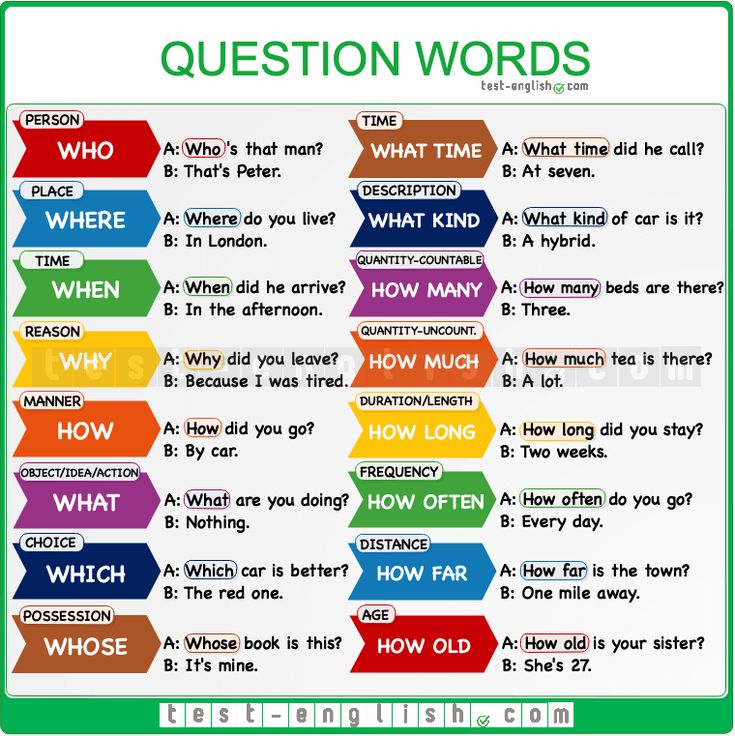
Symptoms of bipolar disorder in adolescents
They are associated with the phases of the disease - depressive and manic. The disease can manifest itself in only one phase, or hypomanic manifestations can form. In some cases, the phases replace each other - then we are talking about a mixed type of disease.
Despite the fact that the symptoms of bipolar disorder in adolescents from 14 to 17 years old have similar features, each case is individual. The number of phases, the frequency of their change and the duration differ in each case. Remission periods also take a different period of time and can last several years. At the end of the attack, mental health is restored and maintained until the next episode.
The main signs of bipolar disorder in adolescents are:
- Depressive episode of bipolar disorder. The main symptom of a depressive episode is pronounced depression, which occurs with the presence of psychoses and nervous disorders. The depressive state is characterized by a persistent clinical picture over a long period of time.
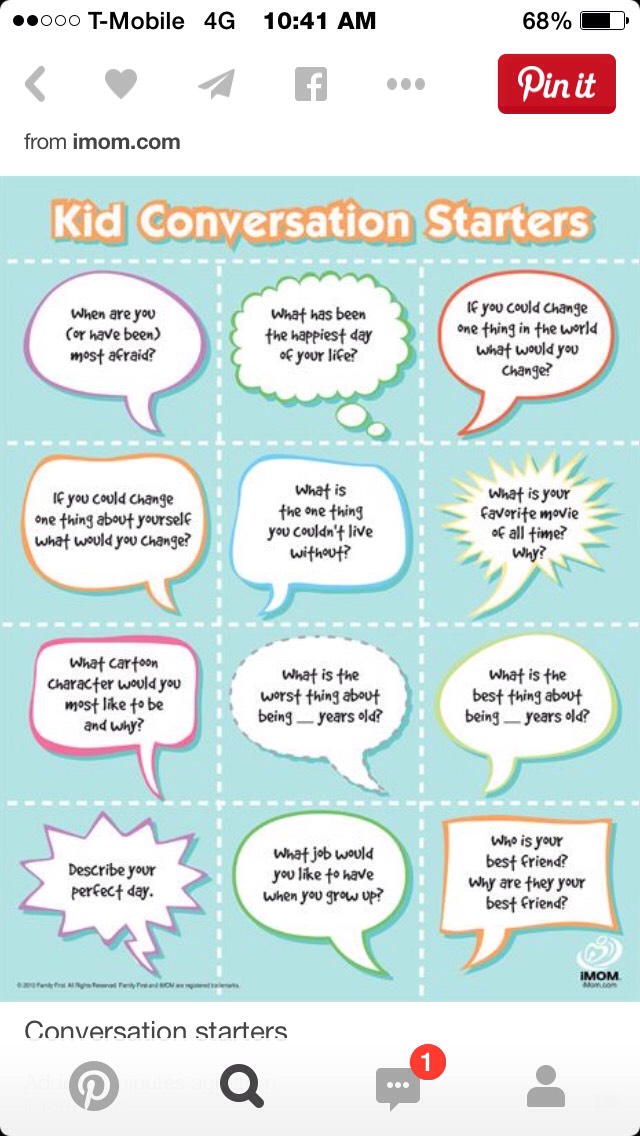
Symptoms of bipolar personality disorder in adolescents include the following conditions and phenomena:
- Sudden mood swings in the same tone (anxious and depressive thoughts are observed in the morning; by the evening the condition improves, but the anxiety does not leave the patient).
- Loss of appetite and change in taste preferences (against the background of depression and anxiety, the patient refuses to eat or forgets to eat). Sometimes the opposite picture arises: appetite increases, temporary periods of sleep and wakefulness are disturbed, and the patient spends more time in a state of sleep.
- Physical sensation of feelings of melancholy and anxiety. Night sleep does not bring relief. The patient complains of being tired in the morning.
- Inhibited reaction to what is happening (the slowness of the flow of basic mental processes does not allow you to adequately respond to current affairs).
- Delusional thoughts and hallucinations may occur.
 There are feelings of guilt, fear of imminent danger.
There are feelings of guilt, fear of imminent danger.
A characteristic symptom of bipolar disorder in adolescent girls is an irregular menstrual cycle or no menstrual cycle at all. Girls experience a depressive episode more vividly, completely immersing themselves in frustration.
One of the serious symptoms of depression is the presence of suicidal thoughts, which lead to appropriate actions. When the risk of suicide increases, the patient is hospitalized in the hospital of the clinic.
Symptoms and signs of bipolar disorder in an adolescent manic episode vary in severity. It can be hypomania (mild mania) or mania with pronounced mental manifestations.
A manic episode manifests itself in the following states:
- The patient experiences an inexplicable feeling of joy, has fun and jokes for no reason. The elevated mood does not leave him for a long time. Excessive activity, megalomania, self-confidence and rightness push him to all sorts of "exploits".
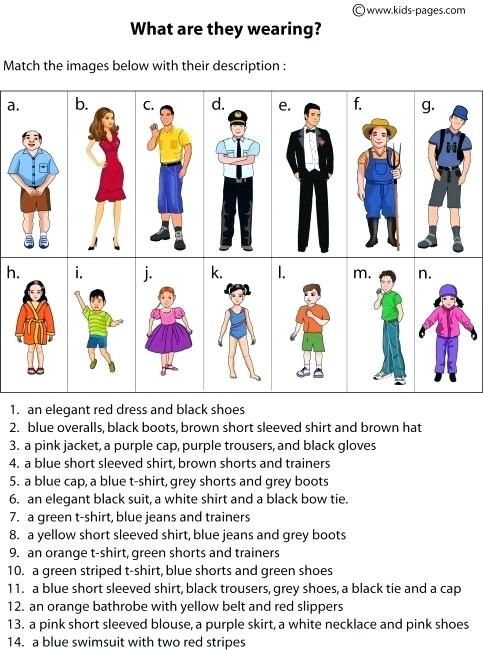
- The desire to have time to do everything leads to a rush and the inability to focus on something specific. A teenager starts several things at the same time, but does not bring them to the end and forgets about what he did.
- Actions do not keep pace with the thoughts that arise at the speed of light in the head of the patient.
In the case of mild mania (hypomania), there is no pronounced social maladjustment, high spirits and activity do not interfere with existence and communication in society.
Mania is not always fun and joy. One of the variants of the manic syndrome is the manifestation of mania of anger. In this case, the patient experiences irritation, anger; picks on trifles to others; gets nervous if someone asks again or asks questions.
Symptoms of a mixed episode of bipolar affective disorder in adolescents include signs of bipolar disorder in adolescents 14, 15, 16 years of two episodes - depressive and manic.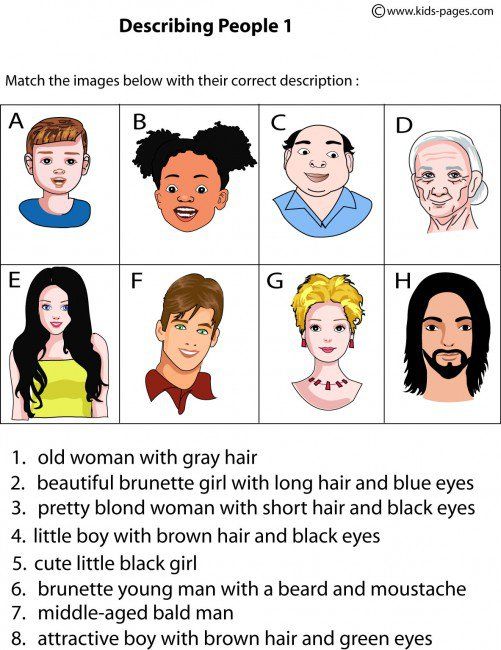 However, these episodes can last several weeks or hours. With a mixed type of disorder, the symptoms are most pronounced and lead to social maladaptation.
However, these episodes can last several weeks or hours. With a mixed type of disorder, the symptoms are most pronounced and lead to social maladaptation.
Relatives of potential mental health clinic patients are wondering how to tell if a teenager has bipolar disorder. Adolescence is the most difficult period in a person's life, because there are changes in the body, both physically and mentally. The first signs of bipolar disorder in adolescents are often attributed to the characteristics of adolescence, when emotional instability, mood swings, depression, youthful maximalism are not considered as borderline states of the psyche.
Although already at 12 years old, adolescents can see signs of bipolar disorder. Features of adolescence leave their mark on the mood and attitude to life. But some moments in the behavior of a teenager should alert his inner circle.
Mental health professionals say that teens with bipolar disorder lose the ability to recognize the true emotions of others.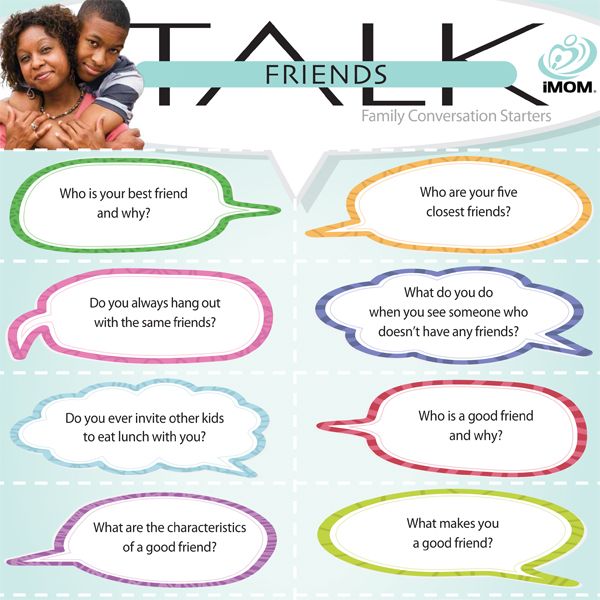 Being in a state of depression, they perceive relatively neutral facial expressions in a negative way. They may feel that the other person is angry or afraid. Although in reality the interlocutor is calm and does not express any emotions. In addition, there are problems with memory, switching attention from one object to another. Symptoms of bipolar disorder in adolescents 18 years of age are pronounced, regardless of the episode in which the patient is.
Being in a state of depression, they perceive relatively neutral facial expressions in a negative way. They may feel that the other person is angry or afraid. Although in reality the interlocutor is calm and does not express any emotions. In addition, there are problems with memory, switching attention from one object to another. Symptoms of bipolar disorder in adolescents 18 years of age are pronounced, regardless of the episode in which the patient is.
Causes of disease
Despite the keen interest in the phenomenon of bipolar disorder, experts do not have an exact explanation for the causes of bipolar disorder in adolescents. There is an opinion that the disease is inherited. Certain genes are believed to influence a person's predisposition to pathology, but they have not been identified at this time.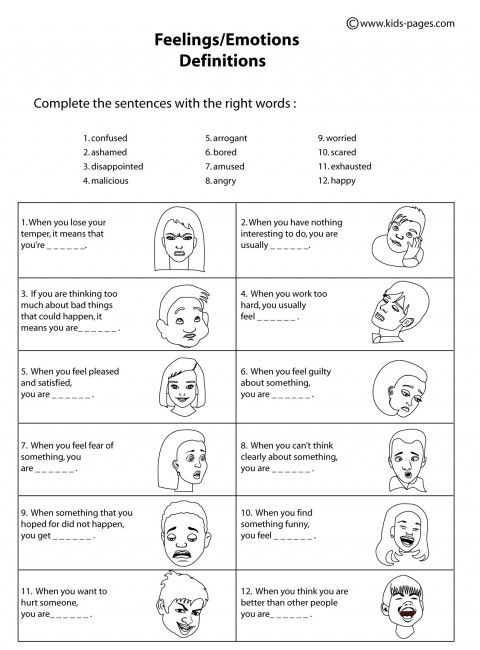 The family history is taken into account. If this disorder is detected in one family member, this does not mean that the whole family is at risk.
The family history is taken into account. If this disorder is detected in one family member, this does not mean that the whole family is at risk.
Considering the cause-and-effect relationships in the formation of bipolar disorder in adolescents, experts pay attention to the associated risk factors: biological, emotional, social. Adolescents with other mental disorders are at risk: anxiety disorder, attention deficit hyperactivity disorder, a tendency to various kinds of addictions, etc.
Bipolar episodes can be initiated by any stressful situations, psychological trauma and addictions. However, in most cases, the disease is formed without any apparent causes and external triggers.
The pathogenesis of bipolar disorder in adolescents is not fully understood. The occurrence of the disease is due to a hereditary factor. It is believed that patients with bipolar disorder have abnormalities in the structure and functioning of the brain.
In the course of research, it was found that brain activity in depressive and manic phases differ. The occurrence of depressive states is associated with a violation of the functions of the system of inhibitory neurons of the brain, the "Sleep-wakefulness" cycle. The manic phase is associated with increased tone of the sympathetic nervous system, disruption of the pituitary gland and thyroid gland.
The occurrence of depressive states is associated with a violation of the functions of the system of inhibitory neurons of the brain, the "Sleep-wakefulness" cycle. The manic phase is associated with increased tone of the sympathetic nervous system, disruption of the pituitary gland and thyroid gland.
Developmental stages and classification of bipolar disorder
Episodes of bipolar disorder in adolescents have a characteristic clinical picture that develops over several stages.
A depressive episode includes 4 stages:
- Initial stage.
- The stage of increasing depression.
- stage of severe depression.
- Return to normal.
There are 5 stages in a manic (hypomanic) episode:
- Hypomania (growing depression).
- Mania (severe depression).
- phase peak.
- Relief of symptoms.
- Return to normal.
The classification of bipolar disorder in the ICD-10 bipolar affective disorder is indicated by the code F31.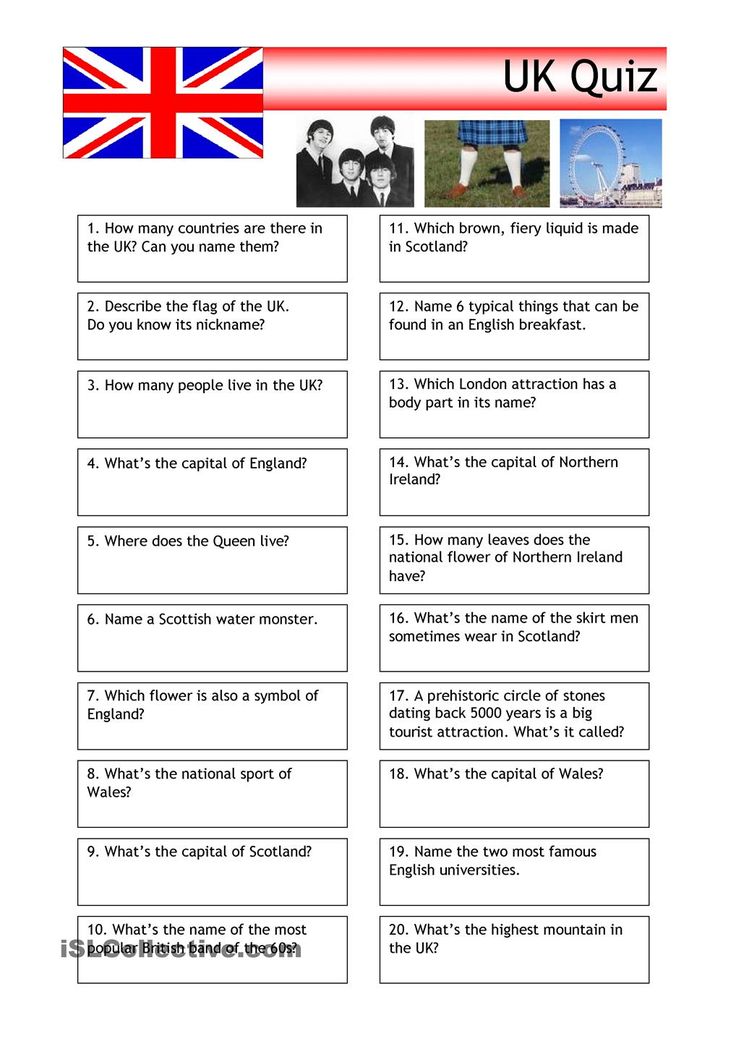
Given the nature of the course of the disease, experts distinguish the following manifestation of the pathological process:
- bipolar course - the disease is characterized by a change in two phases (depressive and manic), between which there are periods of remission;
- continual course - there are no periods of remission between the phases of a depressive and manic disorder. One phase is immediately replaced by another.
- monopolar course - the patient suffers from either manic or depressive manifestations. Most often, adolescents are overcome by depression, the symptoms of which are of a pronounced clinical nature.
Complications of the disease
Complications of adolescent bipolar disorder include an altered perception of reality, which leads to an intense increase in the frequency of suicidal thoughts and actions. Various kinds of addictions (drug, alcohol) that occur against the background of episodes of the disease exacerbate the symptoms.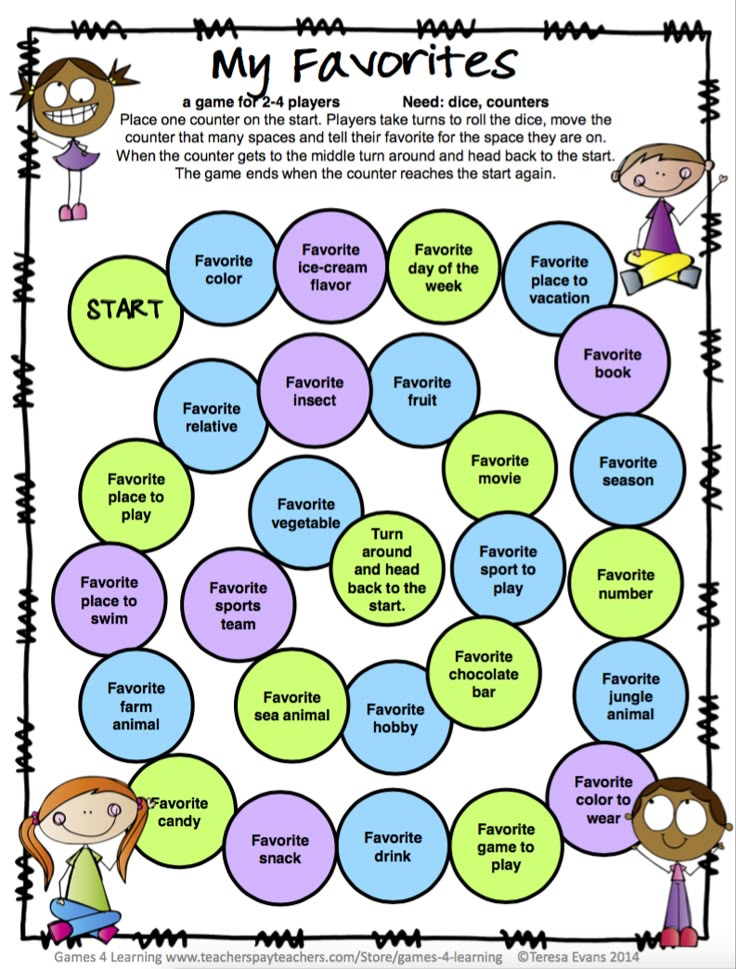 If there are concomitant diseases, the pathological process reaches critical indications.
If there are concomitant diseases, the pathological process reaches critical indications.
The consequences of bipolar disorder in adolescents can significantly limit their normal functioning. The states of mania and depression affect the patient's relationship with others. Antisocial behavior is formed, as a result of which there are problems with the law. The patient can be dangerous both for himself and for other people.
Extreme polar moods of the patient not only limit his life activity, but also interfere with the life of family members and close relatives. emotional instability, whether it be mania or depression, significantly change the daily lifestyle of the patient and his environment. The disease becomes a problem for the whole family, it affects the social, legal, material spheres of life.
Bipolar disorder does not go away on its own. If left untreated, the clinical picture worsens. Periods of emotional mood swings become longer and more severe.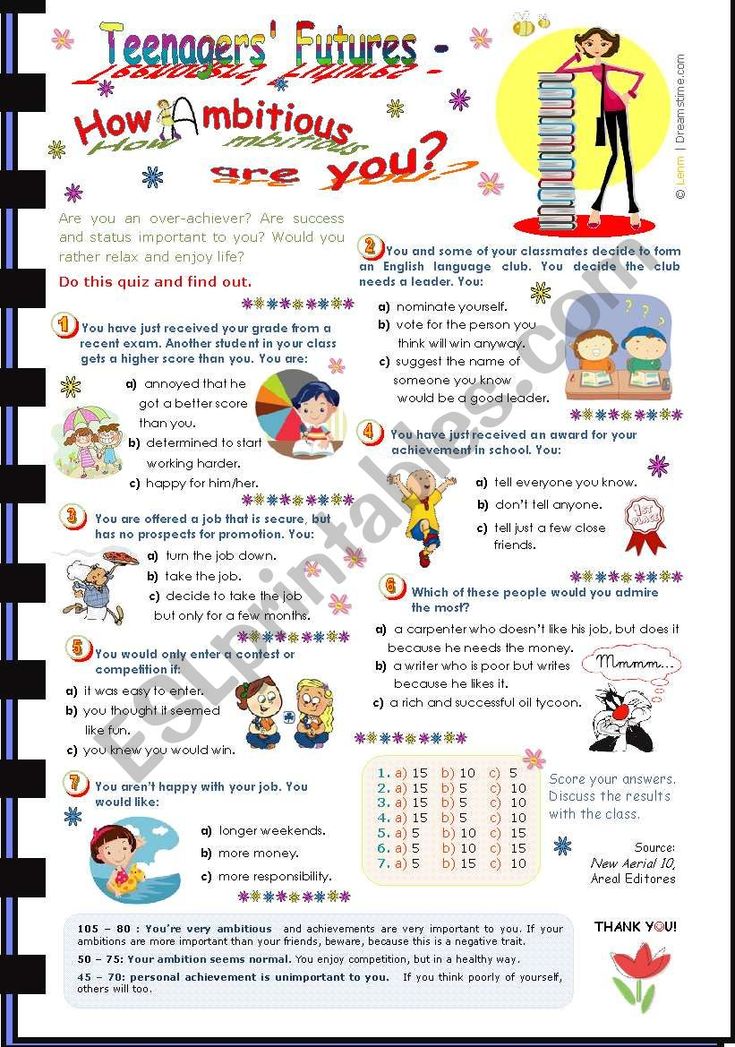
In whatever episode of the disease a person is, his emotional state causes inconvenience to himself and others. Often relatives go to the doctor when a lot of time has passed since the first episode. Emotional instability, mood swings are usually attributed to the characteristics of adolescence. Prolonged lack of treatment leads to a worsening of the condition and an increase in the duration of depression and mania.
At the first signs of a pathological change in mood, which has a bipolar tonality, it is necessary to contact a specialist who treats mental disorders.
Diagnosis of bipolar disorder in adolescents
A feature of this disease is that there are no laboratory and instrumental diagnostic methods. How to determine bipolar disorder in adolescents if it is not possible to identify the pathology based on the results of tests and examinations?
When diagnosing bipolar disorder, special attention is paid to the symptoms of the disease.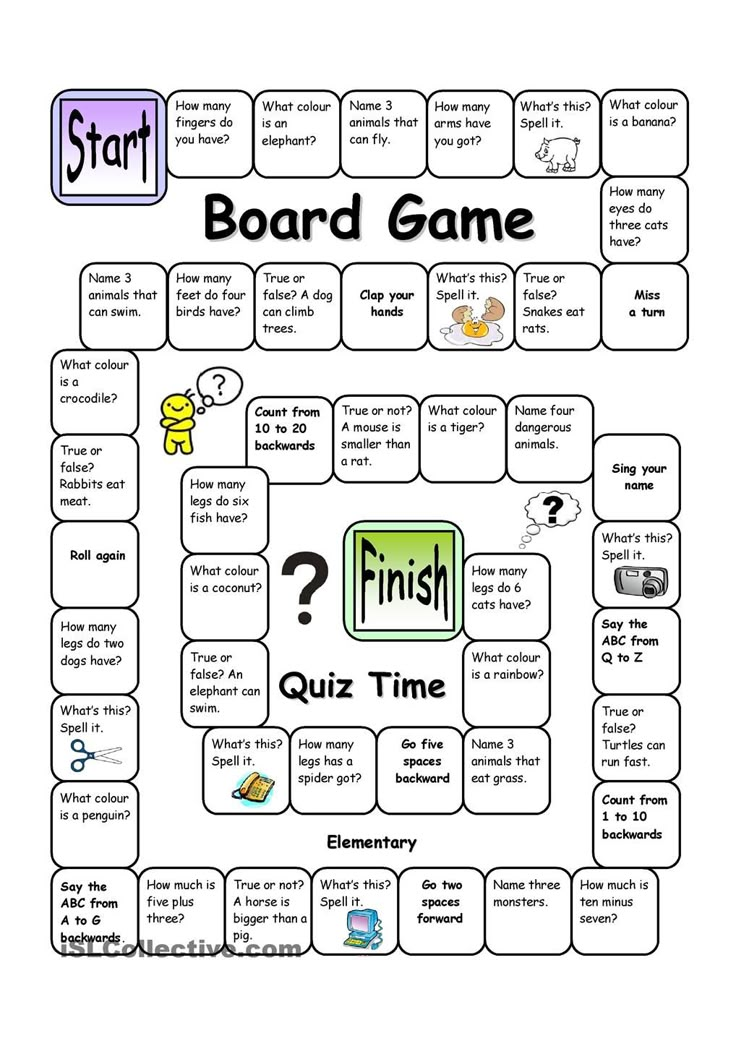 An informative diagnostic method is the collection of an anamnesis of the disease, in which the patient and his relatives or immediate environment participate.
An informative diagnostic method is the collection of an anamnesis of the disease, in which the patient and his relatives or immediate environment participate.
Bipolar disorder must be differentiated from other pathological conditions: schizophrenia, anxiety and hyperkinetic disorders, addictions of various origins. In most cases, the diagnosis of the disease is difficult, since adolescents, due to age, are characterized by frequent mood swings and emotional instability.
An accurate diagnosis can be made by a specialist in a specialized clinic dealing with the treatment of mental disorders. He knows how to diagnose bipolar disorder in a teenager, determine the type and stage of the disease.
Treatment of bipolar disorder in adolescents
The choice of treatments for bipolar disorder in adolescents depends on the severity of the clinical picture. It can be urgent (to relieve acute symptoms), ongoing (to consolidate the therapeutic effect) and supportive (to stabilize the patient's condition).
In the treatment of bipolar disorder in adolescents, medical and psychotherapeutic methods are used.
-
Medical treatment
-
Psychotherapy
Bipolar disorder in adolescents is an incurable disease. But with the help of drugs, success can be achieved in eliminating acute symptoms and restoring the social status of the patient.
Drug therapy in adolescents is similar to how bipolar disorder is treated in adults, but the young age of the patient must be taken into account. It is strictly forbidden to prescribe medicines on your own. Only a doctor who specializes in the treatment of mental disorders can pick them up. Depending on the progressive episode, the patient is prescribed different groups of drugs, such as antidepressants, tranquilizers, antipsychotics, mood stabilizers, anti-anxiety drugs.
In psychotherapy, special methods have been developed to cope with the symptoms of the disease, as well as to prevent relapses:
- Cognitive-behavioral psychotherapy (based on the relationship between the patient and his parents to correct the patient's condition).
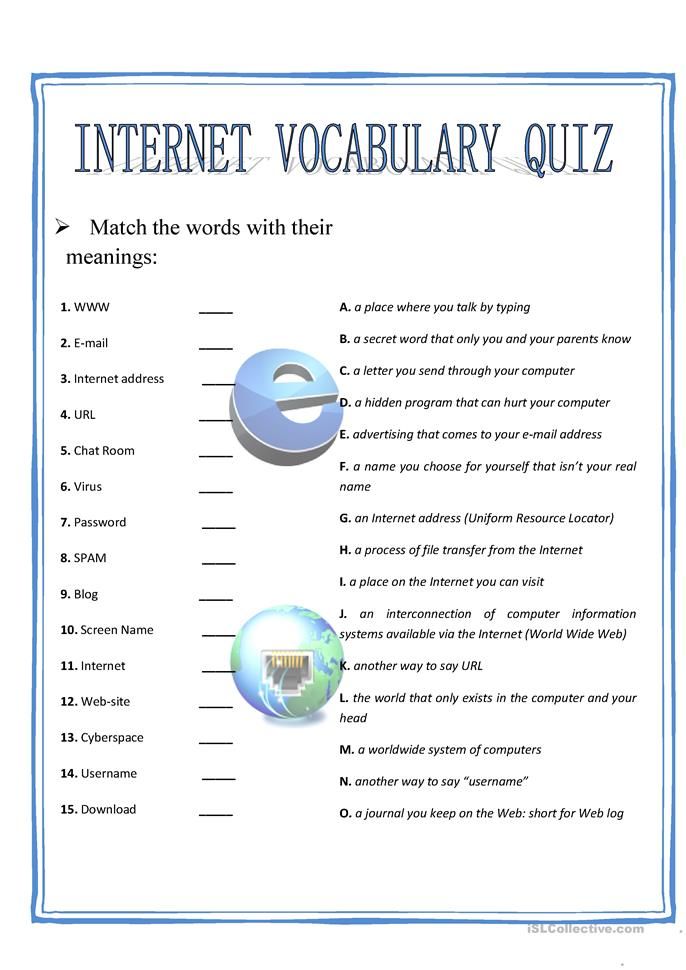
- Multi-family group psychoeducation along with individual family psychoeducation (determination of methods of drug treatment and strategies for solving emerging problems).
- Dialectical behavioral therapy (a series of classes to reduce anxiety, depression, the frequency of suicidal thoughts).
Psychotherapy is an effective method only if all the recommendations of specialists are followed. It is important to manage the symptoms of any episode of bipolar disorder, whether depressive or manic.
+7 (495) 121-48-31
Disease prevention
There is no specific prevention for bipolar disorder in adolescents. To minimize the occurrence of depressive, manic or mixed episodes, it is necessary to follow the doctor's recommendations. Supportive care to prevent symptoms is important.
To achieve long-term remissions, the participation of a specialist psychotherapist is necessary. The use of psychotherapeutic and psychosocial methods of treatment and rehabilitation, filling out self-control sheets to track the dynamics contribute to the improvement of the patient's condition.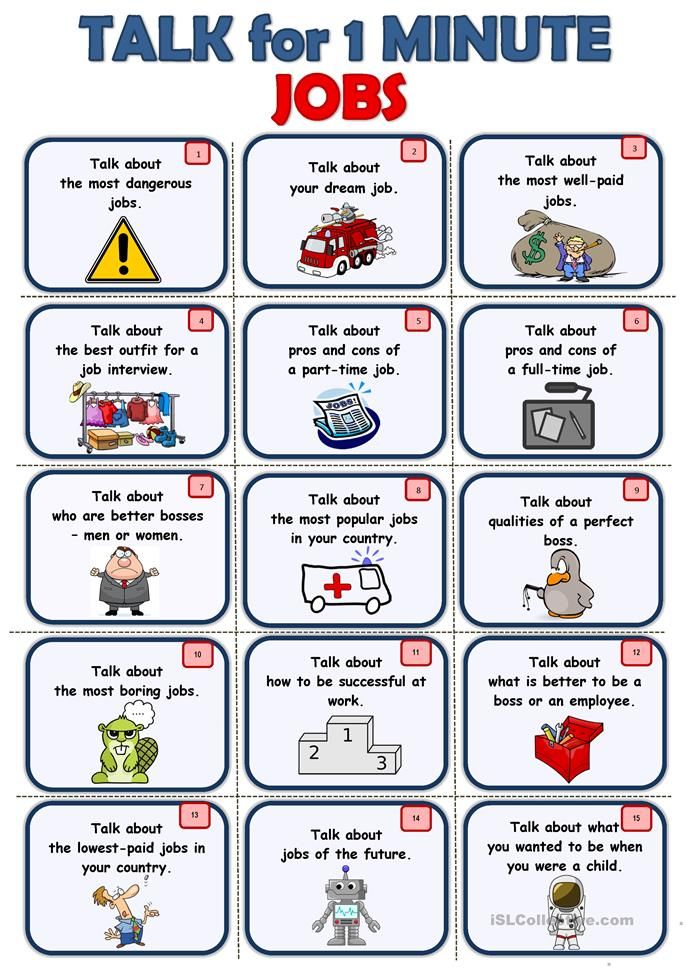
Clinical recommendations for bipolar disorder in adolescents include not only adherence to medication and psychotherapeutic prescriptions. It is necessary to pay attention to the living conditions of a teenager, social factors that affect his emotional state.
References:
- Zhmurov V.A. Mental disorders
- Tyuvina N. A., Stolyarova A. E., Smirnova V. N. Bipolar affective disorder: gender characteristics of the course and therapy
- Tiganov A.S., Snezhnevsky A.V., Orlovskaya D.D., Manual of Psychiatry
- McWilliams N., Psychoanalytic Diagnostics. Understanding personality structure in the clinical process”
- Ushakov G.K. Borderline neuropsychiatric disorders.-2nd edition-M., Medicine
What to watch this weekend: 5 films about people with bipolar disorder
Publishing house "Alpina Publisher" 123007, Moscow, st. 4th Magistralnaya, 5, building 1 +74951200704
next article
March 24, 2017
19137 views
5 minutes 16 seconds to read
About ten years ago, when we were still watching movies on DVD, I was given a disc with the title "Psychists rule.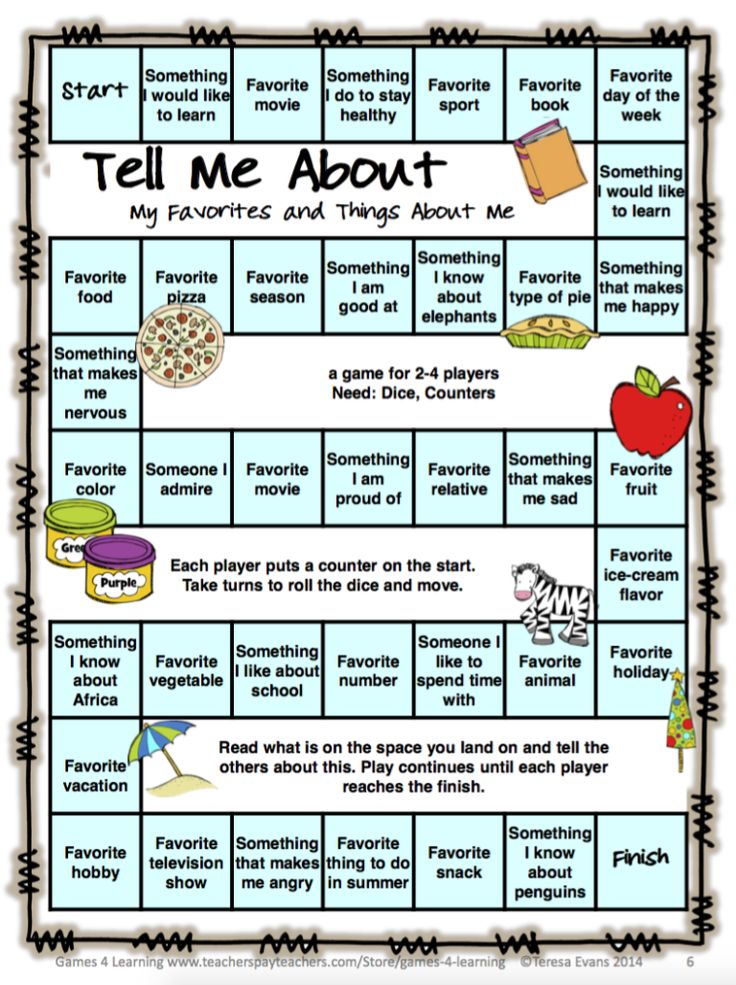 10 films on one disc!!! Mega collection!!! That's how it was written. And they were all pearls of world cinema, like "Rain Man", "One Flew Over the Cuckoo's Nest" and "Fight Club". Today we will not talk about them.
10 films on one disc!!! Mega collection!!! That's how it was written. And they were all pearls of world cinema, like "Rain Man", "One Flew Over the Cuckoo's Nest" and "Fight Club". Today we will not talk about them.
In general, there are a lot of films about mental illness in one form or another. I decided to focus on bipolar disorder: this is not the most hyped topic in the cinema, although it is not uncommon. After reading the stunningly beautiful Restless Mind by Kay Jamison, the topic of bipolar disorder has been haunting me.
This, of course, is far from a complete list (even on Wikipedia, not all of them are listed in the selection of films about BAR), but at least let's make a start.
Clock (2002)
Oscar-winning Clock. Nicole Kidman is almost unrecognizable here, playing writer Virginia Woolf, who we know had bipolar disorder. This is not an ordinary biopic: the story is built in four tenses (1923, 1941, 1951 and 2001). You will put together this associative mosaic and enjoy the performance of great actors. This is a deep and thoughtful film. It both glows with pure joy and drowns in hopeless grief. Heavy, but looks in one breath. Few can leave indifferent.
This is a deep and thoughtful film. It both glows with pure joy and drowns in hopeless grief. Heavy, but looks in one breath. Few can leave indifferent.
Mr. Jones (1993)
A kind melodrama (fortunately, not without self-irony) about the difficult relationship between the doctor and the patient (wish it could be simple when the patient is Richard Gere, and the doctor is pretty and charming). The most unexpected role of Richard Gere: we are used to seeing him as a fatal handsome man, and here he is an urban madman. The acting is top notch (in some places literally), the story is good in itself, and the film is light and leaves a pleasant feeling of dream and flight after watching.
Prozac Nation (2001)
Young Christina Ricci fits into this film as perfectly as she did in The Addams Family a little earlier. All in all, Prozac Nation is kind of a sick version of Juno and a little bit of Almost Famous: she's young, talented, writes for Rolling Stone, watches a live Lou Reed (yes, he's here too), and either plunges into euphoria and the frenzy of parties, or falls into an abyss of depression.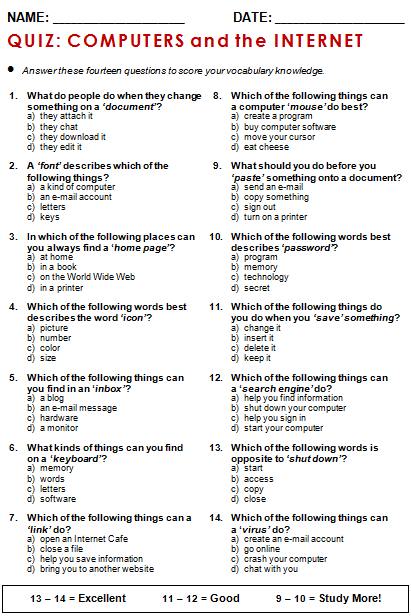 The film is about the constant struggle for one's shaky emotional state, about a mood similar to a roller coaster. And, of course, here is the entire collection of first times that happen in youth films: alcohol, sex, drugs, an existential crisis.
The film is about the constant struggle for one's shaky emotional state, about a mood similar to a roller coaster. And, of course, here is the entire collection of first times that happen in youth films: alcohol, sex, drugs, an existential crisis.
Infinitely Polar Bear (2014)
A touching family movie about a bipolar father of two little girls. “Dad has some kind of polar bear,” they conclude. In general, yes. A surprisingly light, funny and enjoyable film, despite the fact that it is about a crisis in the relationship of a married couple against the backdrop of lack of money and exacerbation of my father's illness. This is a picture of bipolar disorder, not exactly in all its glory, but in the interior and in everyday situations, which are shown beautifully and with humor. Mark Ruffalo did a great job here and was nominated for a Golden Globe (if that changes anything).
Wild Love (1995)
When Drew Barrymore was young and angelic (well, at least on the outside).